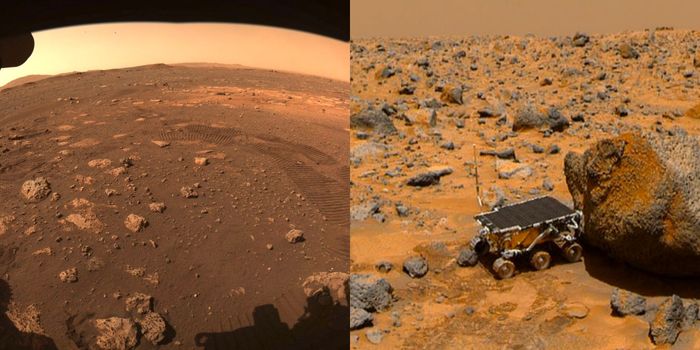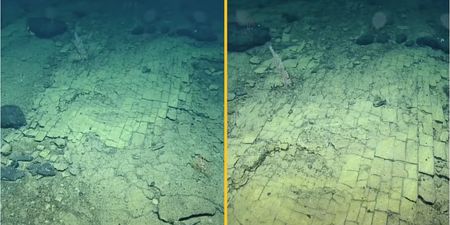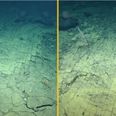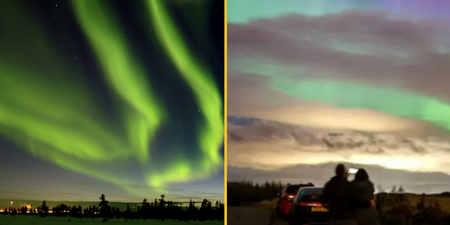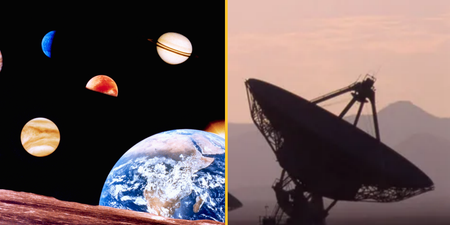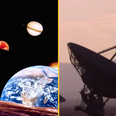The rumblings on Mars are believed to be coming from inside the planet
NASA’s InSight lander has recorded two more signs of quakes on Mars, with mysterious rumbling sounds coming from inside the planet.
The so-called Marsquakes are thought to have originated in a location on Mars called Cerberus Fossae, a place where two quakes were recorded earlier during the InSight mission.
According to NASA, the two new Marsquakes have magnitudes of 3.3 and 3.1. The previous quakes, which were detected by the InSight lander in 2018 during the same mission, had magnitudes of 3.6 and 3.5 respectively.
In the last several weeks, listening for the heartbeat of Mars has revealed two strong, clear quakes from a region where I've felt them before: Cerberus Fossae. These two were magnitude 3.3 and 3.1. So far, I’ve recorded more than 500 marsquakes.
Read: https://t.co/WKGCVQ1Ro9 pic.twitter.com/K0FC7r3ATz
— NASA InSight (@NASAInSight) April 1, 2021
While the mysterious rumblings have been referred to as ‘Marsquakes’, Mars does not have tectonic plates much like Earth, according to scientists at NASA. The planet does, however, have “volcanically active regions” which can cause rumbles.
The recent quakes on Mars, which were detected by the lander, support the idea that the Cerberus Fossae on Mars is a centre of seismic activity.
There are two different types of Marsquakes, according to Scientist Taichi Kawamura.
“Over the course of the mission, we’ve seen two different types of marsquakes: one that is more ‘Moon-like’ and the other, more ‘Earth-like,'” said Taichi Kawamura from France’s Institut de Physique du Globe de Paris.
“Interestingly, all four of these larger quakes, which come from Cerberus Fossae, are ‘Earth-like,'” he continued.
The new Marsquakes have yet another similarity with the previous seismic events detected by the InSight Lander in 2018. Both sets of Marsquakes took place in the Martian northern Summer, which NASA scientists believed would be the best possible time to listen for Marsquakes due to the calmer winds.
The seismometer is so sensitive that, despite being covered by a dome-shaped shield to protect it from wind and extremely cold temperatures, the wind creates enough vibrations that can obscure the recording of some quakes on the planet.
According to NASA, temperatures near NASA’s lander may vary from minus one hundred degrees Celsius at night to zero degrees Celsius throughout the day.
NASA’s InSight mission is set to end in December 2022, after recently being extended for two years.
